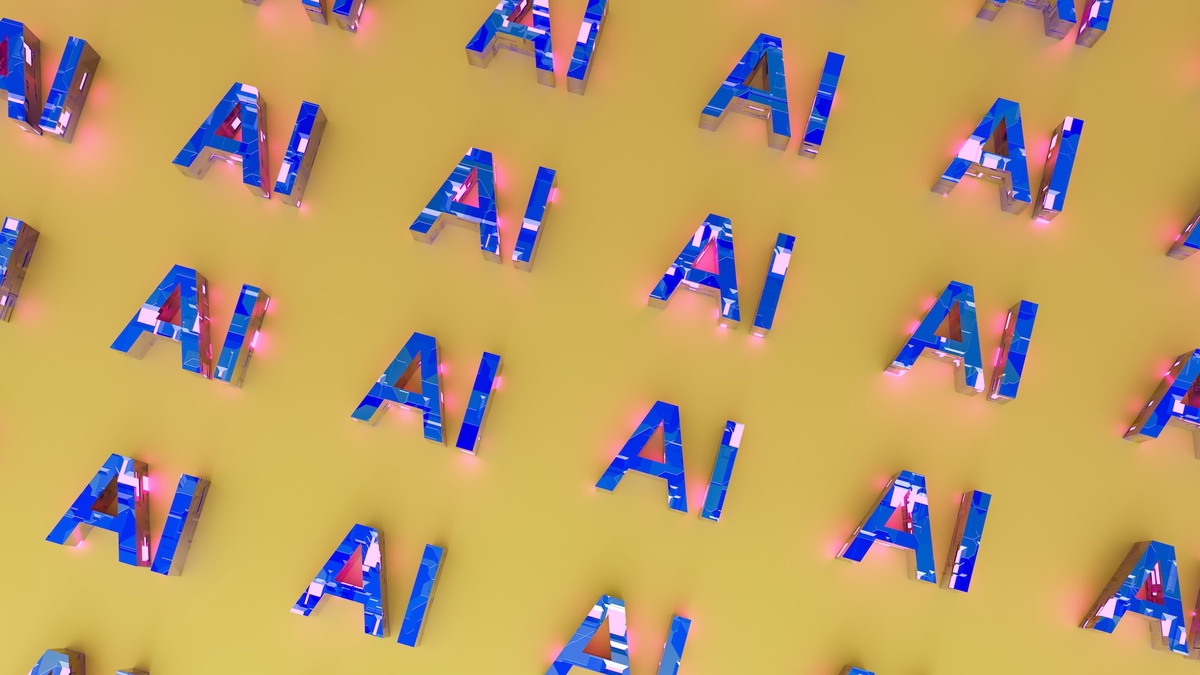Chatbots have become a ubiquitous part of our lives, providing customer support, answering questions, and even entertaining us. But what if chatbots could do more than just process text? What if they could understand and respond to voice and visual cues as well?
Multimodal chatbots are the next generation of chatbots, and they have the potential to revolutionize the way we interact with technology. By integrating multiple input modalities, multimodal chatbots can provide a more natural and intuitive user experience.
What are multimodal chatbots?
Multimodal chatbots are chatbots that can understand and respond to multiple types of input, such as text, voice, and images. This allows them to have more natural and engaging conversations with users.
For example, a multimodal chatbot could be used to help users with customer support. The user could describe their problem in text, or they could even speak to the chatbot. The chatbot could then use its knowledge and understanding of language to diagnose the problem and provide a solution.
Multimodal chatbots can also be used for educational purposes. For example, a multimodal chatbot could be used to teach children about different languages or subjects. The chatbot could use text, voice, and images to provide a more engaging and interactive learning experience.
Benefits of multimodal chatbots
Multimodal chatbots offer a number of benefits over traditional text-based chatbots, including:
- More natural and intuitive user experience: Multimodal chatbots allow users to interact with technology in a more natural and intuitive way. Users can communicate in their preferred modality, whether it's text, voice, or images.
- Improved accessibility: Multimodal chatbots make technology more accessible to people with disabilities. For example, people who are blind or have low vision can use multimodal chatbots to interact with technology without having to rely on text.
- Enhanced user engagement: Multimodal chatbots can be more engaging than traditional text-based chatbots. By using multiple input modalities, multimodal chatbots can provide a more immersive and interactive experience.
How to create multimodal chatbots with ChatGPT
ChatGPT is a powerful language model that can be used to create multimodal chatbots. ChatGPT can be trained to understand and respond to text, voice, and images.
To create a multimodal chatbot with ChatGPT, you will need to:
- Train a ChatGPT model on a dataset of text, voice, and images.
- Integrate the ChatGPT model into a chatbot development platform.
- Develop a user interface for the chatbot.
Once you have completed these steps, you will have a working multimodal chatbot.
Use cases for multimodal chatbots
Multimodal chatbots can be used in a wide variety of applications, including:
- Customer support: Multimodal chatbots can be used to provide customer support in a more natural and efficient way.
- Education: Multimodal chatbots can be used to teach students in a more engaging and interactive way.
- Healthcare: Multimodal chatbots can be used to provide patients with information about their health and to help them manage their medications.
- Retail: Multimodal chatbots can be used to help shoppers find products, compare prices, and make purchases.
- Entertainment: Multimodal chatbots can be used to develop games, stories, and other forms of entertainment.
Multimodal chatbots with ChatGPT for social good
Multimodal chatbots can be used for social good in a variety of ways. For example, they can be used to:
- Provide information and support to people in crisis: Multimodal chatbots can be used to provide information and support to people who are experiencing domestic violence, homelessness, or other crises. The chatbot can provide the user with information about resources and services in their area, and it can also offer emotional support.
- Connect people with disabilities to resources and services: Multimodal chatbots can be used to help people with disabilities connect to resources and services in their area. For example, a multimodal chatbot could be used to help a person who is blind find a job or to help a person who is deaf find a doctor who specializes in their condition.
- Promote education and literacy: Multimodal chatbots can be used to promote education and literacy in underserved communities. For example, a multimodal chatbot could be used to teach children about different languages and subjects, or it could be used to help adults learn how to read and write.
- Raise awareness about social issues: Multimodal chatbots can be used to raise awareness about social issues such as climate change, poverty, and inequality. The chatbot can provide the user with information about the issue and encourage them to take action.
Here are some specific examples of how multimodal chatbots with ChatGPT could be used for social good:
- A multimodal chatbot could be used to provide support to refugees and immigrants. The chatbot could be trained to understand multiple languages and to provide information about resources and services in different countries.
- A multimodal chatbot could be used to help people with mental health conditions. The chatbot could provide the user with information about mental health conditions and connect them to resources and support groups.
- A multimodal chatbot could be used to help people with disabilities find employment. The chatbot could be trained to understand different job descriptions and to match people with disabilities to jobs that are a good fit for their skills and abilities.
- A multimodal chatbot could be used to teach children about different cultures. The chatbot could be trained to understand multiple languages and to provide information about different customs and traditions.
These are just a few examples of how multimodal chatbots with ChatGPT can be used for social good. As the technology continues to develop, we can expect to see even more innovative and impactful uses for multimodal chatbots.
Conclusion
Multimodal chatbots are a powerful new technology with the potential to revolutionize the way we interact with technology. By integrating multiple input modalities, multimodal chatbots can provide a more natural, intuitive, and engaging user experience. ChatGPT is a powerful language model that can be used to create multimodal chatbots. ChatGPT can be trained to understand and respond to text, voice, and images.
Multimodal chatbots can be used in a wide variety of ChatGPT applications, including customer support, education, healthcare, retail, and entertainment.
Here are some additional ideas for how to use multimodal chatbots with ChatGPT:
- A multimodal chatbot could be used to help people with visual impairments navigate the world around them. The chatbot could use voice and image recognition to help the user identify objects and obstacles.
- A multimodal chatbot could be used to help people with autism spectrum disorder learn social skills. The chatbot could provide the user with feedback on their facial expressions and body language.
- A multimodal chatbot could be used to help people with post-traumatic stress disorder cope with their symptoms. The chatbot could provide the user with relaxation exercises and support groups.


No comments yet